Revision Notes: Agriculture in India I-Food Crops | Geography Class 10 ICSE PDF Download
Types of Agriculture in India
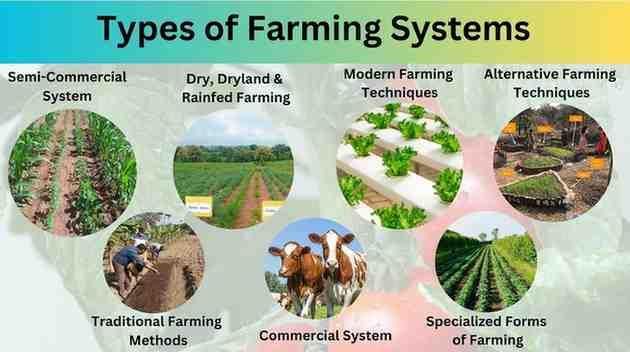
Agriculture is a crucial part of the Indian economy for several reasons:
a. It ensures food supply for the growing population.
b. It provides raw materials for industries like textiles and food processing.
c. It creates a market for industrial products such as machinery and farming tools.
d. It offers employment to millions of people.
e. It contributes significantly to India’s exports.
Shifting Agriculture:
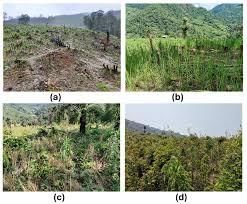
- Shifting agriculture, also known as "Slash and Burn Agriculture," "jhum," "ponam," or "podu," is a traditional and primitive method of cultivation. In this practice, a patch of forested land is cleared by cutting down and burning trees. The ashes from the burned trees are then mixed into the soil, providing a temporary boost in nutrients.
- After a period of two to three years, the soil's fertility declines, and the land is left fallow. At this point, a new patch of forested land is cleared for cultivation, and the process begins again.
- Crops commonly grown in shifting agriculture include maize, potato, yam, and cassava. This method is primarily practiced in northeast India.
- However, shifting agriculture has several disadvantages. It contributes to deforestation, accelerates soil erosion, and can lead to environmental issues such as floods and sedimentation. Despite its challenges, it remains a traditional form of farming in certain regions.
Subsistence Farming:
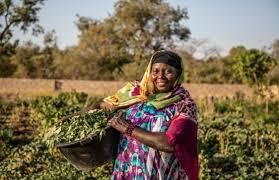
Subsistence farming is the most common type of farming in India. In this system, farmers have small land holdings and use traditional methods of agriculture.
Because these farmers are poor, they often cannot afford to use fertilizers or high-yielding seed varieties. As a result, the production levels are not very high. Food crops are primarily grown for the family's own consumption.
Intensive Farming:
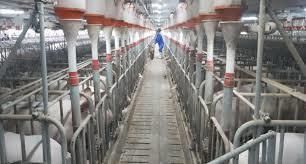
- Intensive farming is practiced in areas with a high population density. This method is labor-intensive and involves the use of fertilizers, high-yielding seed varieties, and irrigation techniques to increase production.
- In intensive farming, more than one crop is often grown on the same field in a single growing season.
Extensive Farming:
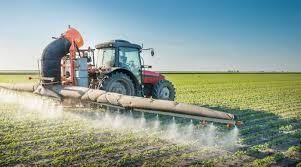
Extensive farming is practiced in large agricultural fields with high productivity. It involves the extensive use of machines, resulting in low labor employed per unit area. Farmers typically specialize in the production of one or two major commercial crops.
Main Crops: Rice, wheat, maize, and sugarcane are the primary crops grown in extensive farming. Due to high productivity, there is a large surplus for sale.
Plantation Farming:
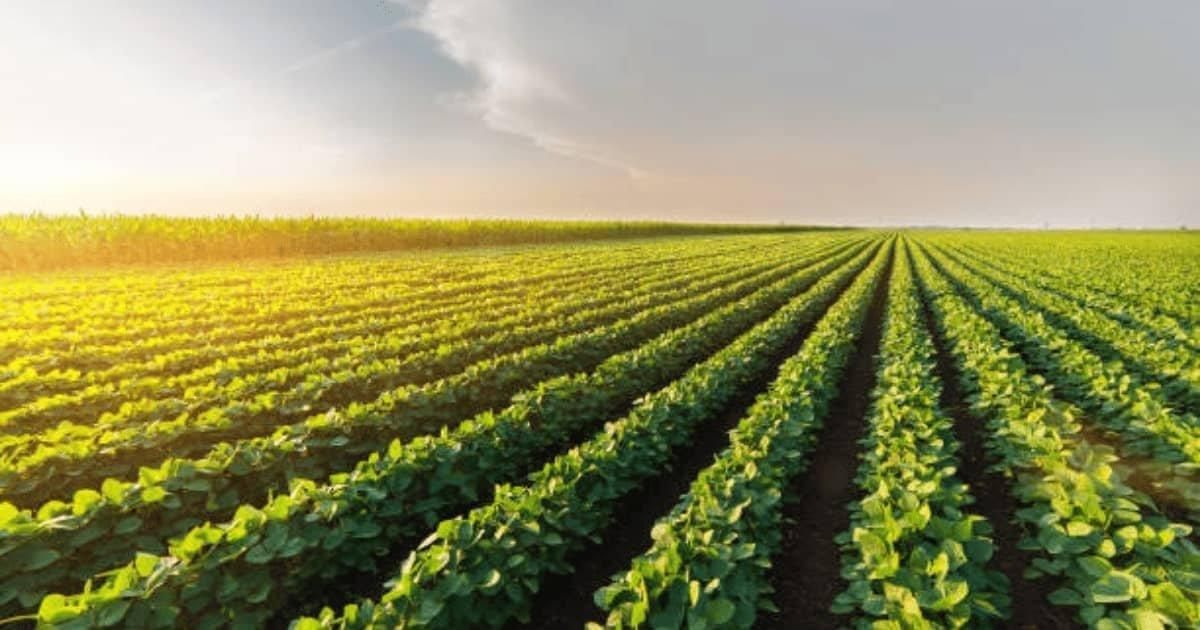
Plantation farming involves the cultivation of single crops such as tea, sugarcane, coffee, rubber, cotton, and banana on large fields. This type of farming requires a large labor force and significant capital investment.
- Requirements: Developed transportation is necessary to move these crops to factories for processing. Additionally, the latest technology and modern agricultural methods are employed in plantation farming.
- Export Focus: Crops produced through plantation farming are primarily exported to earn foreign exchange.
Mixed Farming:
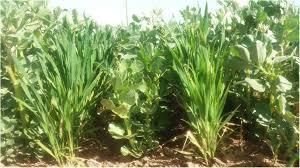
Mixed farming involves growing two or more crops together on a rotational basis. In addition to crops and fodder, animals are also reared. This type of cultivation ensures a steady income for farmers.
Commercial Farming:
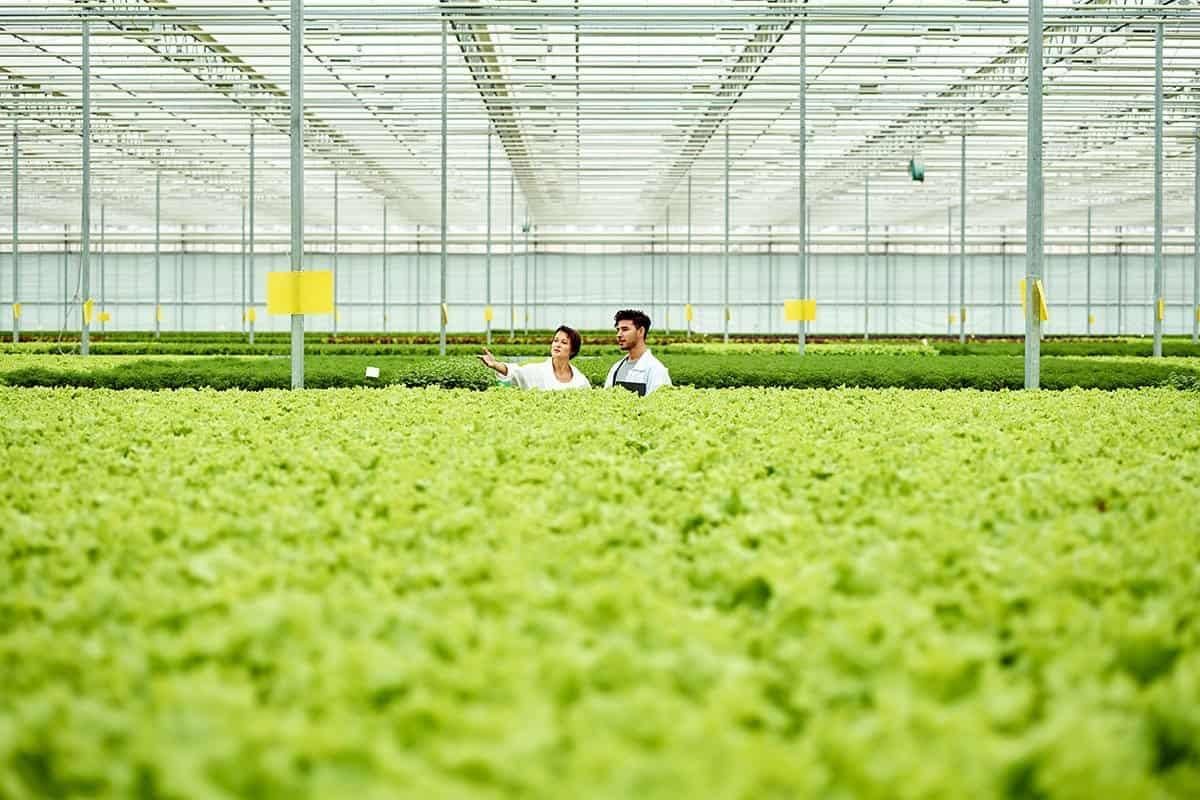
Commercial farming is characterized by the cultivation of crops for commercial purposes, aimed at selling in local and international markets. Wheat and maize are the primary crops grown in commercial grain farming. This type of farming is mechanized and is prevalent in areas with large farms and strong markets. In India, commercial farming is practiced in states like Punjab, Haryana, Gujarat, Western Uttar Pradesh, and Andhra Pradesh.
Dry Farming:
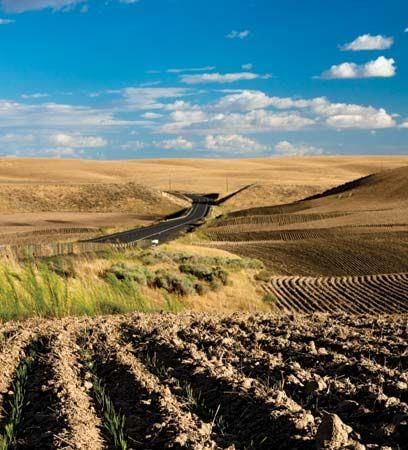
Dry farming is a type of agriculture practiced in regions where irrigation is not easily accessible. This method involves growing crops that are resilient to dry conditions, such as jowar (sorghum), bajra (pearl millet), and ragi (finger millet). To conserve soil moisture, the fields are ploughed repeatedly before and during the rainy season.
Dry farming is commonly found in areas like Western Rajasthan and certain parts of the Deccan Plateau.
Problems Faced by Indian Agriculture
Environmental Factors:
- Unreliable rainfall
- Lack of irrigation facilities
- Soil erosion
- Reduction in net sown area
Institutional Factors:
- Small and fragmented land holdings
- Exploitation of farmers
Economic Factors:
- Subsistence agriculture
- Challenges posed by globalization
Technological Factors:
- Use of old and inefficient techniques by Indian farmers
Measures to Enhance Agricultural Production in India
- Introduction of Reforms: The abolition of the Zamindari Act was one of the reforms aimed at improving agricultural production.
- Land Consolidation: Efforts were made to consolidate fragmented land holdings to make agricultural practices more efficient.
- Irrigation Infrastructure: The creation of irrigation infrastructure was crucial for enhancing agricultural productivity, ensuring that water supply was adequate for farming activities.
- Minimum Support Prices: The announcement of minimum support prices provided farmers with a safety net, ensuring they received a fair price for their produce.
- Subsidies for Farmers: Subsidies were provided to farmers for purchasing fertilizers and seeds, making these essential inputs more affordable and accessible.
Green Revolution
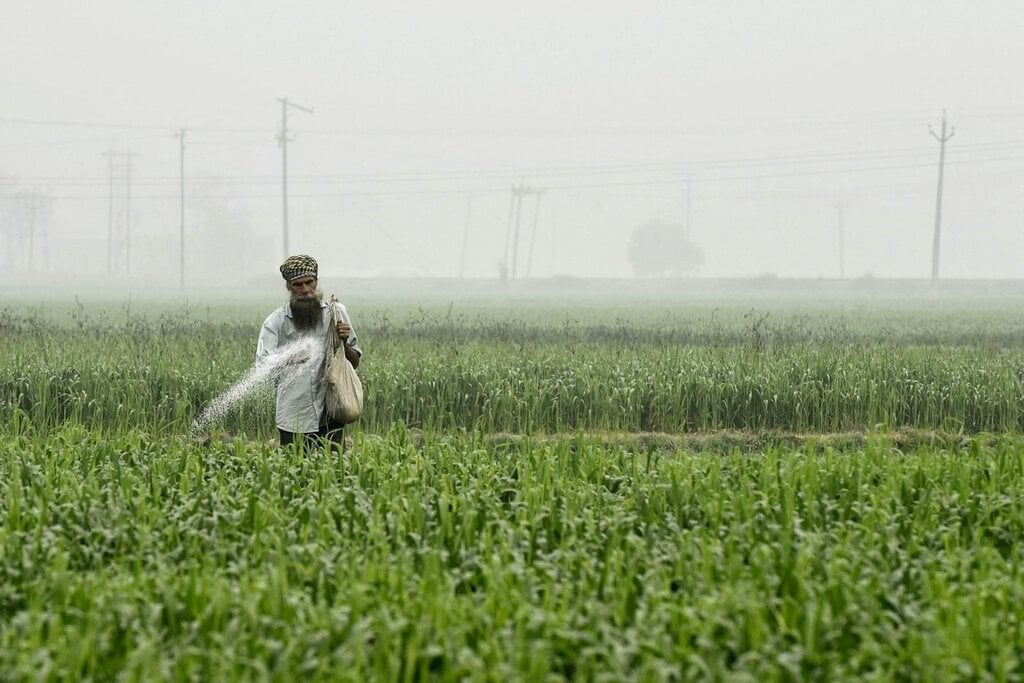
The Green Revolution refers to a significant increase in agricultural production in India, characterized by:
- Capital and Technological Inputs: The large-scale use of capital and technological inputs played a crucial role in boosting farm production.
- High-Yielding Seed Varieties: The introduction and use of high-yielding seed varieties contributed to increased crop yields.
- Chemical Fertilizers and Irrigation: The use of chemical fertilizers and the establishment of extensive irrigation facilities were vital for enhancing soil fertility and ensuring adequate water supply.
- Modern Scientific Methods: The adoption of modern scientific methods of farming improved the efficiency and effectiveness of agricultural practices.
Impact of the Green Revolution:
- The Green Revolution transformed Indian agriculture from subsistence farming to commercial and market-oriented farming due to the significant increase in production.
- It created more employment opportunities in the agricultural sector.
- Farmers benefited from increased productivity, leading to rural prosperity and improved living standards.
- India achieved self-sufficiency in food grains as a result of the Green Revolution.
Criticism of the Green Revolution:
- Despite its successes, the Green Revolution faced criticism from environmental scientists due to land degradation caused by the overuse of fertilizers.
- There were also concerns about the decrease in soil fertility resulting from excessive irrigation practices.
Agricultural Crops and Seasons
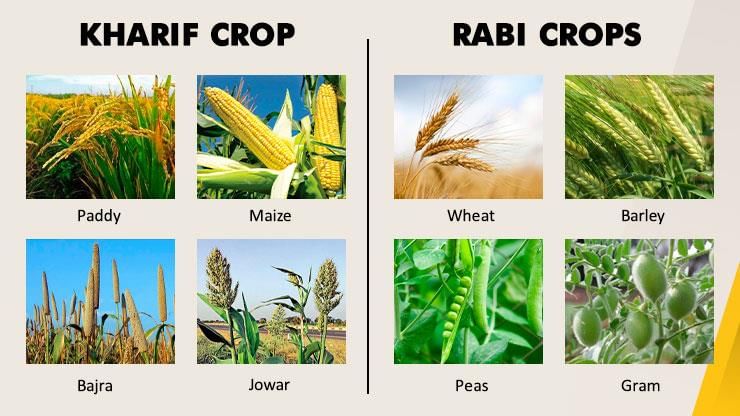
In India, there are two main types of agricultural crops: rabi and kharif.
India has three primary types of cropping seasons: rabi, kharif, and zaid.
Types of Cropping Seasons
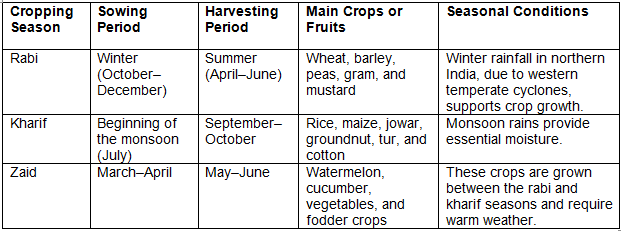
Note: This categorization of cropping seasons is not applicable in southern India.
Rice
Rice is India's most vital staple food crop, primarily grown as a kharif crop in the northern plains, northeastern regions, and coastal and deltaic areas. It thrives in temperatures between 20°C to 35°C and requires high rainfall, ranging from 150 cm to 300 cm. During its initial growth phase, rice needs 5 to 10 cm of standing water. India ranks as the second-largest producer of rice in the world, following China.
Varieties of Rice
Upland Rice:
- Location: Grown in mountainous regions.
- Sowing and Harvesting: Sown in March-April and harvested in September-October.
- Usage: Primarily for local consumption.
Lowland Rice:
- Location: Grown in low-lying areas.
- Sowing and Harvesting: Sown in June and harvested in October.
- Usage: Consumed locally and sold to other regions.
Soil Requirements: Rice thrives in fertile, clayey, and loamy soils, with a preference for alluvial soil capable of retaining standing water. To enhance production, manure and fertilizers are added to the soil.
Methods of Cultivation
In India, rice is cultivated using two primary methods: the dry method and the puddle method.
Dry Method:
- Usage: This method is used in regions reliant on rainfall and lacking adequate irrigation facilities.
- Process: Seeds are scattered by hand in areas with moderate rainfall and sown in rows using drills in regions with heavy rainfall.
Puddle Method:
- Process: In this method, the fields are flooded with water before transplanting the rice seedlings.
- Usage: This method is commonly used in irrigated areas where water is available.
Steps in Rice Cultivation
1. Sowing of Seeds
Seeds can be sown using different methods:
- Broadcasting Method: Seeds are scattered across the field. This method is common in areas with limited labour and poor soil.
- Drilling Method: Seeds are placed in furrows using a bamboo drill. This method ensures better germination but is more time-consuming.
- Dibbling Method: Seeds are sown at regular intervals in furrows.
2. Transplanting Method
- Seedlings are transplanted from nurseries into rice fields in groups of four to six, with a spacing of 30–45 cm.
- Initially, the field is flooded with 2–3 cm of water, which is gradually increased to 4–6 cm until harvest.
- This method is popular for its higher yields.
3. Japanese Method
- Seedlings are grown in nurseries and then transplanted with rows fixed at 25 cm apart and plants 15 cm apart.
- Extensive use of manure boosts yields significantly.
Harvesting and Processing
- Fields are drained before harvest, and stalks are hand-reaped.
- Stalks are dried in the sun to reduce moisture content.
- Threshing, the process of separating grains from stalks, is done in the field to cut transport costs.
Rice
- Processing: After harvesting, rice undergoes several processing steps. Initially, during winnowing, the unwanted husk is removed by pouring the grains from a height. This helps separate the husk from the edible part of the grain.
- Milling follows winnowing, where the yellowish husk is further removed from the grains, ensuring that the rice is clean and ready for consumption.
Distribution: India is a major producer of rice, contributing to 22% of the total rice production in the world. The states where rice is primarily grown include:
- West Bengal
- Uttar Pradesh
- Haryana
- Andhra Pradesh
- Punjab
- Bihar
- Assam
- Maharashtra
- Gujarat
- Meghalaya
- Manipur
- Tripura
- Tamil Nadu
Wheat
- Importance: Wheat is the second most important crop in India, following rice. It is a rabi crop, meaning it is sown in winter and harvested in summer. India contributes to 12% of the total wheat production in the world.
- Climatic Conditions: Wheat thrives in a cool climate. The ideal temperature for sowing is between 10–15°C, while the optimal temperature during harvesting is 20–25°C. Wheat cultivation benefits from about 80 cm of rainfall.
- Soil: Well-drained loamy soil is the most suitable for wheat cultivation, as it provides the necessary drainage and nutrient content for healthy growth.
- Sowing Methods: Seeds are typically sown using drilling and broadcasting methods, ensuring even distribution of seeds in the field.
- Harvesting: Wheat starts ripening in March and is usually harvested in April when the temperature reaches around 27.5°C.
- Leading Producers: The top producers of wheat in India include: Uttar PradeshHaryanaRajasthanMadhya Pradesh
- Yield Variations: Wheat yields are exceptionally high in Punjab and Haryana due to favorable conditions. However, yields are lower in Madhya Pradesh, Himachal Pradesh, and Jammu and Kashmir, where wheat is grown under rain-fed conditions.
Millets
Climate Required for the Growth of Millets
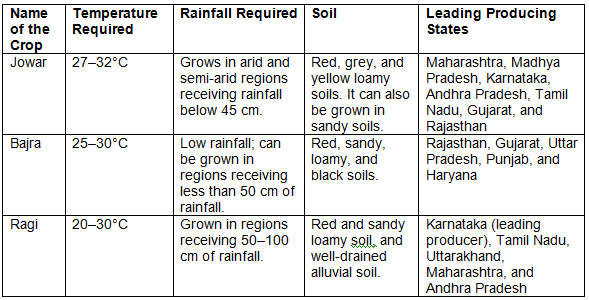
Pulses
- Pulses are a vital part of the Indian diet as they provide vegetable protein. Common pulses include gram, arhar, urad, masur (lentil), moong (black gram), and matar (peas).
- They require a temperature between 20°C and 25°C and rainfall between 50 cm and 75 cm for optimal growth.
- Pulses thrive in dry, light soil.
- Gram is the leading pulse and is sometimes grown alongside wheat. It is raised as a rabi crop in areas receiving about 10 cm of rainfall, while urad and moong are grown as kharif crops.
- Pulses are leguminous crops that enhance soil nitrogen content, thereby increasing soil fertility.
- India is the largest producer and consumer of pulses in the world, with Madhya Pradesh, Maharashtra, Uttar Pradesh, Rajasthan, and Andhra Pradesh being the top producing states.
|
33 videos|86 docs|17 tests
|
FAQs on Revision Notes: Agriculture in India I-Food Crops - Geography Class 10 ICSE
| 1. What are the main types of agriculture practiced in India? |  |
| 2. What is shifting agriculture and where is it commonly practiced in India? |  |
| 3. How does subsistence farming differ from commercial farming in India? |  |
| 4. What challenges does Indian agriculture face today? |  |
| 5. What role does plantation farming play in India's economy? |  |
















